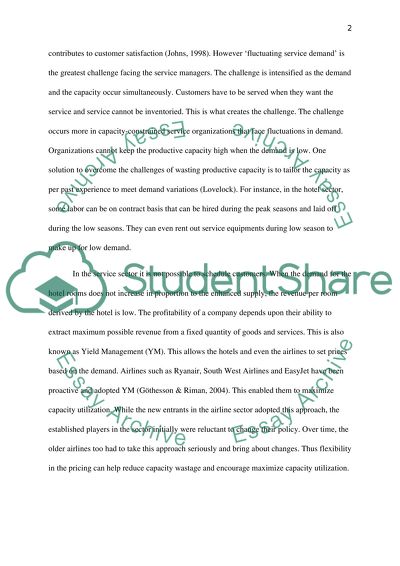Cite this document
(“Service Marketing- managing supply and demand Essay”, n.d.)
Retrieved from https://studentshare.org/environmental-studies/1422962-service-marketing-managing-supply-and-demand
Retrieved from https://studentshare.org/environmental-studies/1422962-service-marketing-managing-supply-and-demand
(Service Marketing- Managing Supply and Demand Essay)
https://studentshare.org/environmental-studies/1422962-service-marketing-managing-supply-and-demand.
https://studentshare.org/environmental-studies/1422962-service-marketing-managing-supply-and-demand.
“Service Marketing- Managing Supply and Demand Essay”, n.d. https://studentshare.org/environmental-studies/1422962-service-marketing-managing-supply-and-demand.


